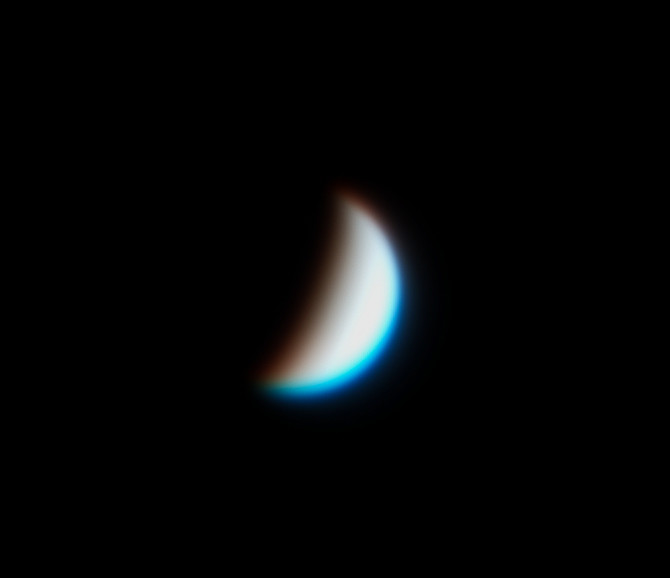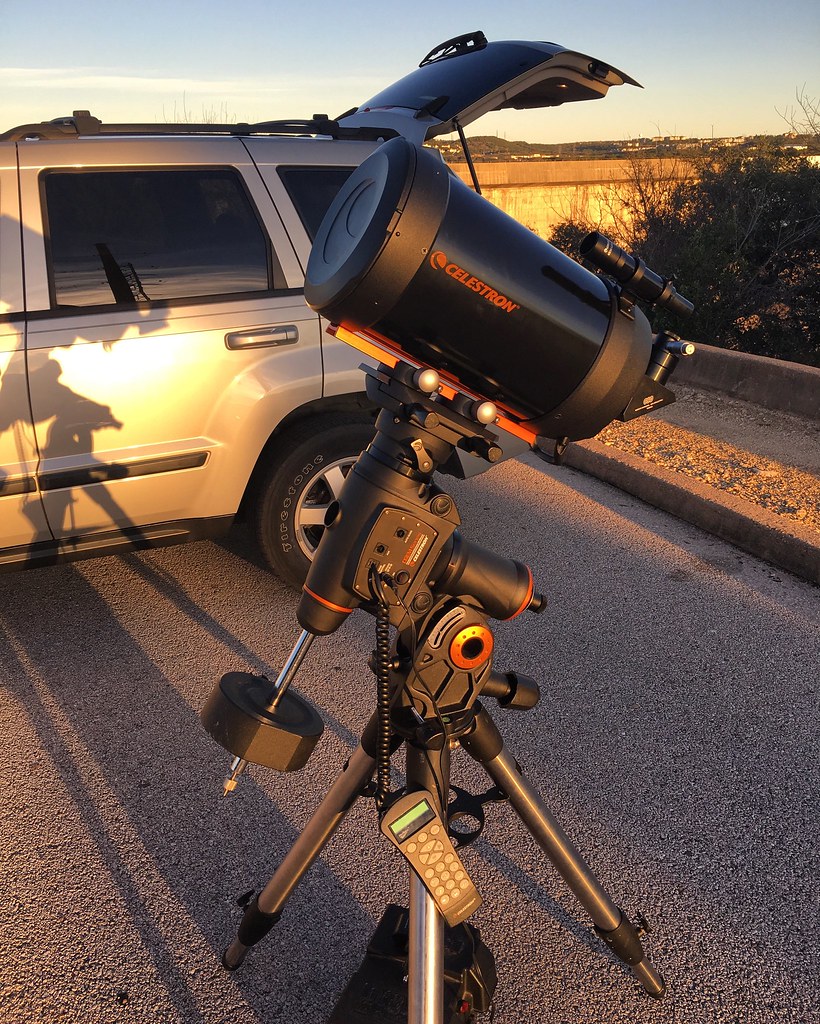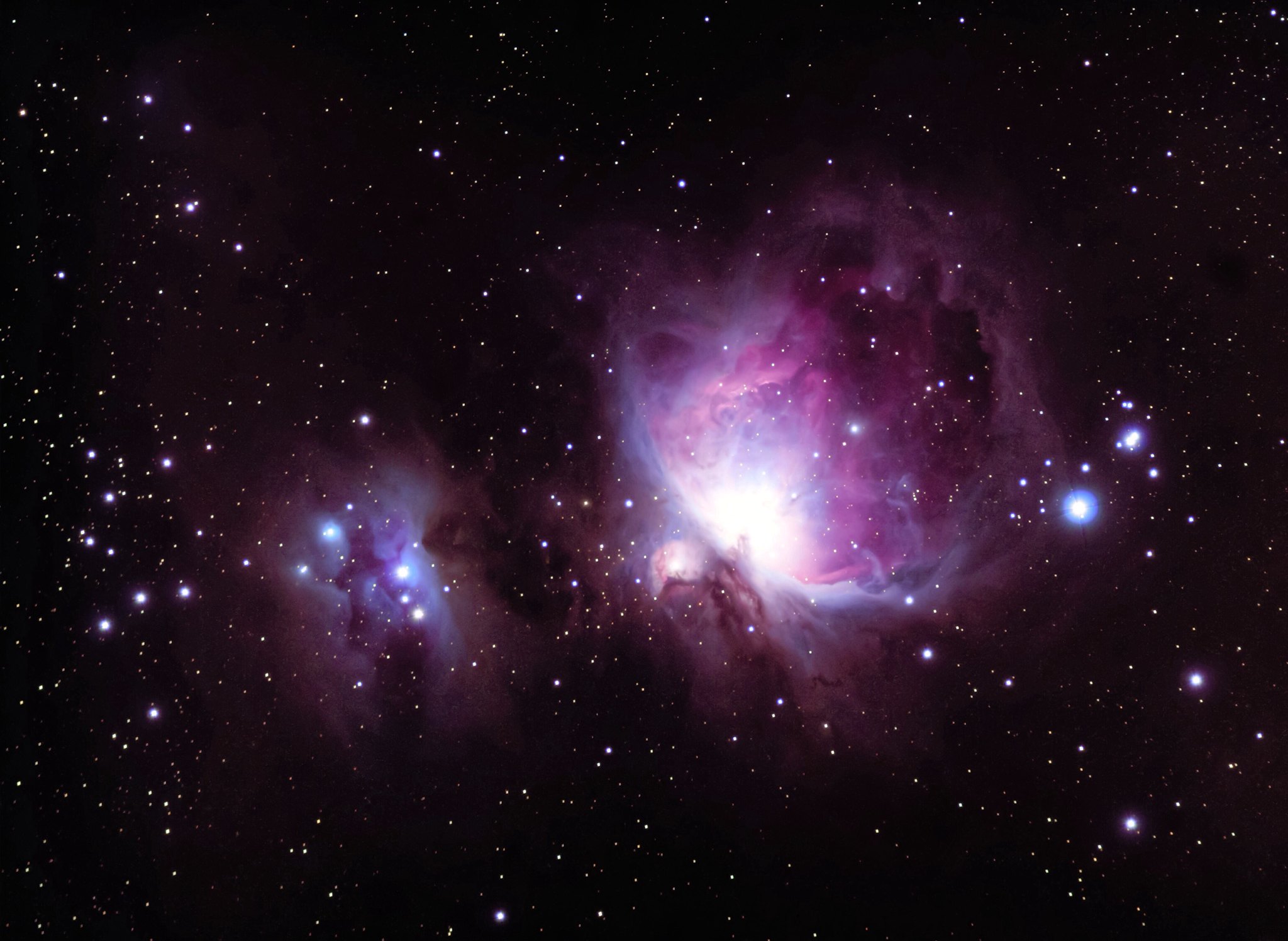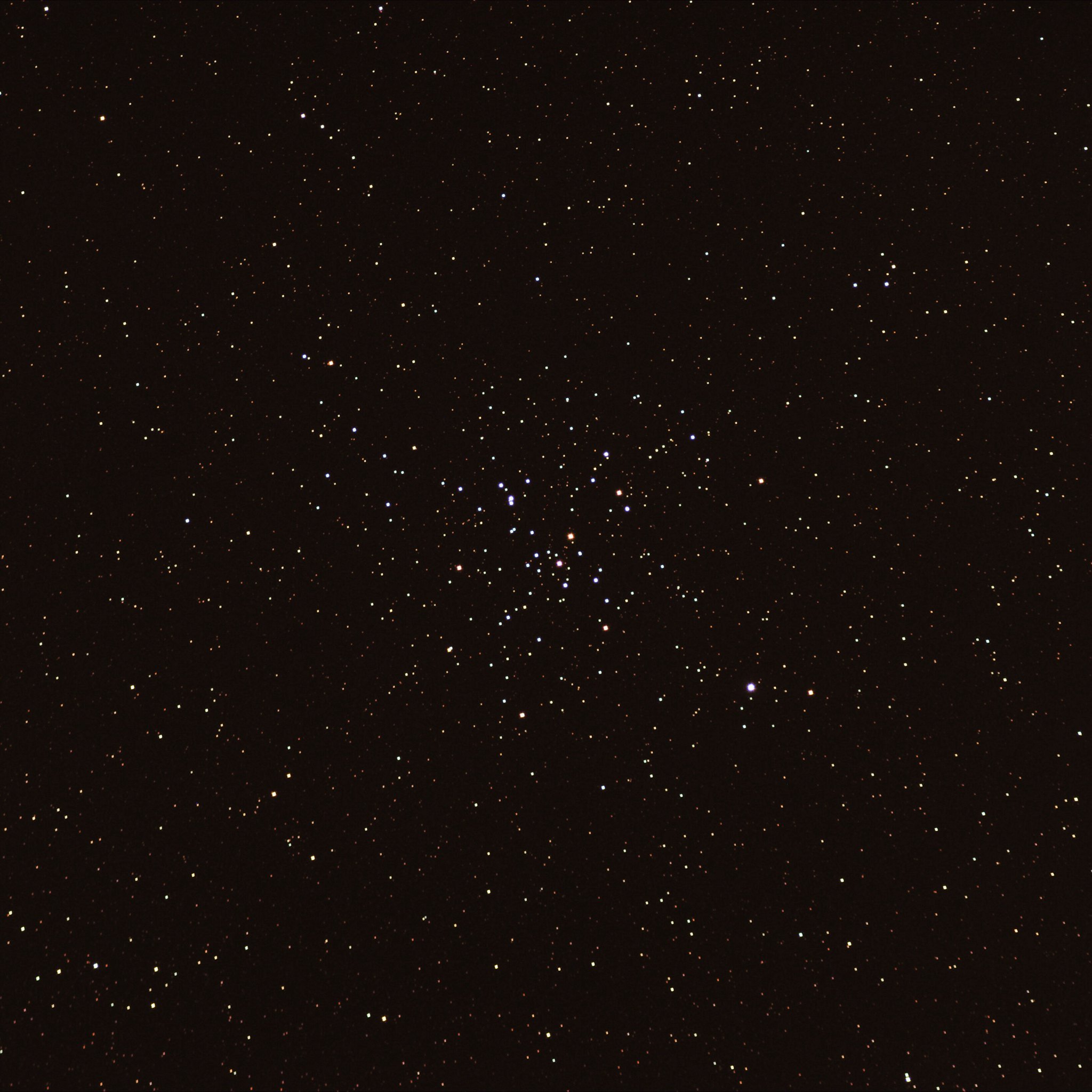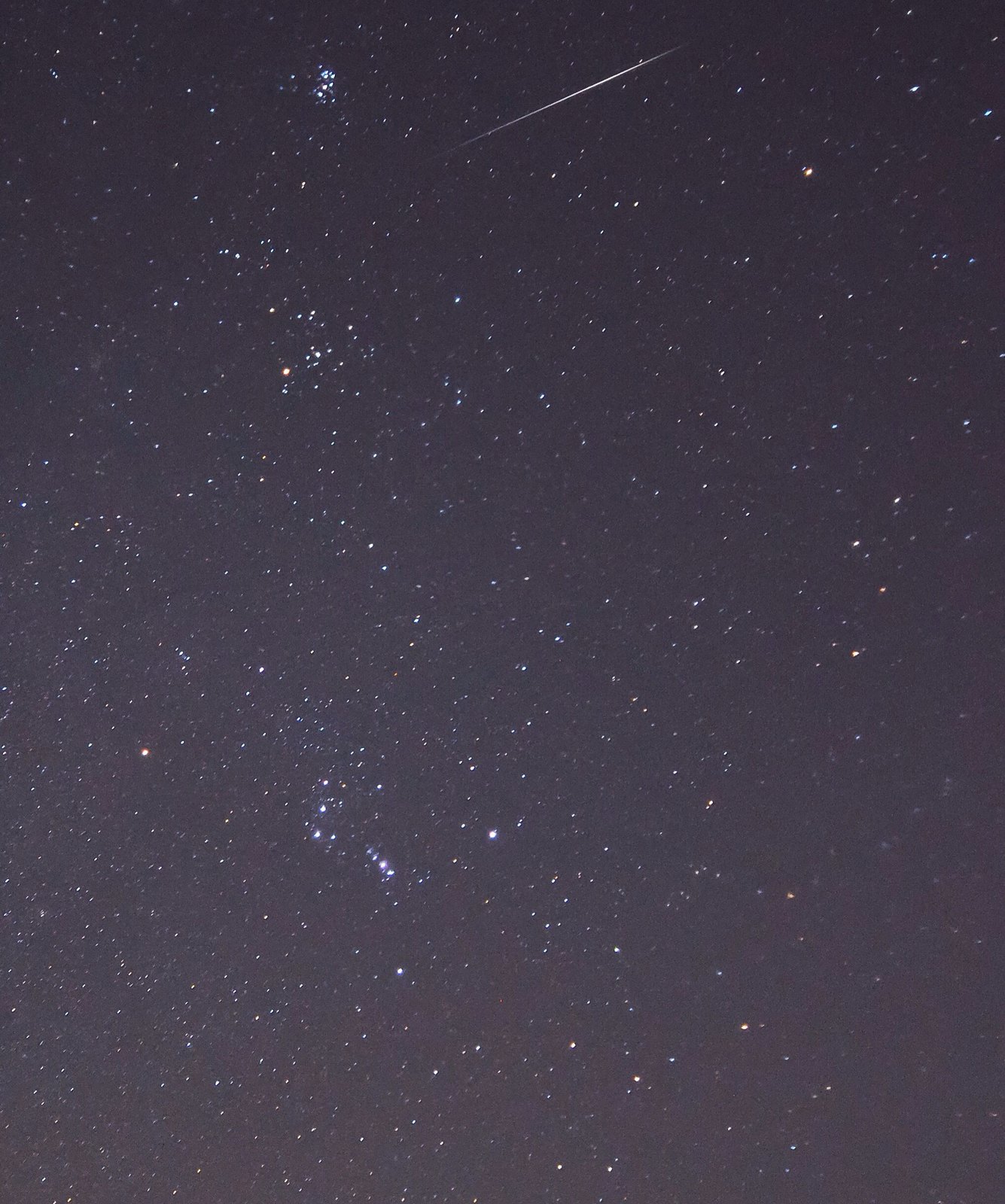
...well, maybe not quite like Hubble! But since my failed attempt at M31, I have been doing some research on how to best take images using the new configuration I have been playing with (200mm zoom Nikon D40 DSLR piggybacked atop an equatorially mounted LX200). The amount of information out on the web for astrophotographers is simply amazing, but the problem is each and every time you look into something you realize just how tricky this particular field of astronomy can be!
Here's what I have learned thus far!
When taking an image of a deep sky object, while it can be tempting and fun (at the time, until you get it home and see that it really looks like cr@p) to just point and shoot, you need to really concentrate, be patient and take a series of different types of images which will be combined once you get home to create the final image using stacking software. It's my understanding that this should be applied regardless of configuration, be it wide field on a static tripod, wide field piggybacked on an equatorially mounted scope, or when connected to an actual scope.
These different types of images are as follows:
"Light Frames" or "Lights": These are the images/exposures you take of the actual object. You are using each exposure to capture all of those incy-wincy little light photons that have travelled across the vast depths of space and onto your CCD chip. All sorts of settings are available at the ISO, shutter speed/exposure or
f-ratio levels. You need to experiment to see which works based based on your configuration, and how many exposures you need to stack.
Example:
 "Dark Frames" or "Darks":
"Dark Frames" or "Darks": These are taken by putting your lens cap onto your zoom lens (if going widefield) or telescope (when shooting tighter objects). You shoot as many as possible at the same temperature and same camera settings (ISO and exposure duration) you used when taking the light frames, so you want to take these almost immediately before or after you shoot the actual object itself. When you combine these Darks in processing software like DSS, Registax or MAXIMDL, you create a "Master Dark" file which is essentially a kind of map of pixels and camera noise. The processing software then uses this Master Dark frame to
subtract any noise within the final, stacked image. When taking these, it's useful to label them on the camera itself so you don't get them mixed up with the actual light frames.
Example:
 "Flat Frames" or "Flats":
"Flat Frames" or "Flats": These frames are used to create a "Master Flat", which is a template that reveals any oddities in your CCD chip (like dust bunnies) or optical assembly ( like vignetting). You can take these frames a number of ways, including covering your lens or scope with a white shirt, shining a flashlight down it and taking a series of short exposures, to using a lightbox. Again, take these when you are out in the field or in your observatory so they are taken at the same temperature, same focus setting, same ISO setting etc. You use your stacking software to create the Master Flat, and then the stacking software subtracts this image from your complete set of stacked images to remove the sorts of imperfections mentioned here.
Example:

Depending on the software you use (I use Deep Sky Stacker preferably, but from what I can see, Registax and MaximDL handle these as well so I guess this is the norm for astronomical processing) you then specify which is which (point the software towards your series of light frames, dark frames and flat frames accordingly) and let it do the rest, of course leaving it up to you to perform any kind of post-procesisng you want to (sharpening, curve adjustment etc.)

Got all that? Seems logical. Seems easy enough. Again, I just learned this during my lunch hour at work and am simply regurgutating it here on the blog to help me internalize it. I am by no means an expert. I am barely even an amateur (per the silly attempt at M31 above!) but hopefully this information makes sense and is helpful to somebody.
Next time I go out I need to be really careful to take all of this into consideration and simply take the time to do it all, which will hopefully result in a better image.






